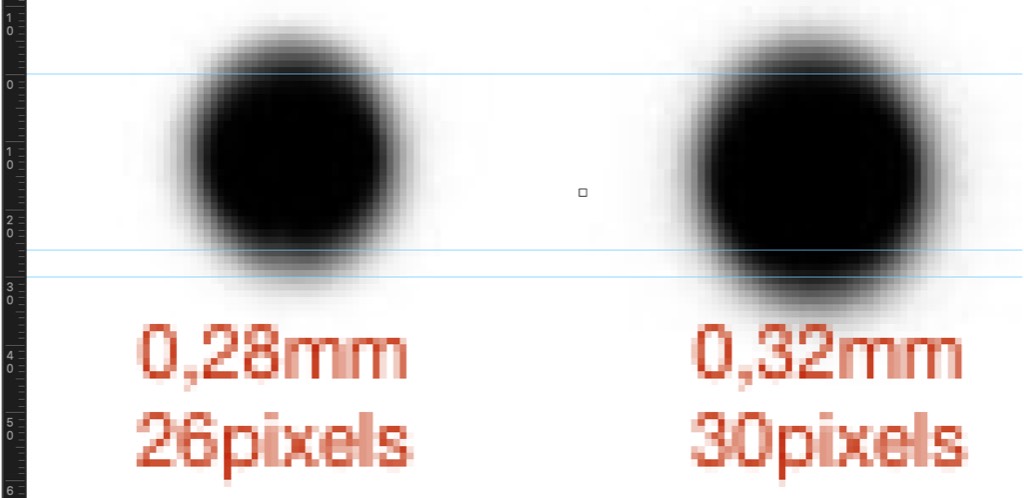DALL-E 2 algorithm seems so unbelievably good that I would call it fake. Well, I will call it fake – in spite that few ”influencers” have access to it and have found it amazing and actually working.
In video above the question is what happens to photography in few years because of DALL-E 2 and such AI algorithms – which there must be plenty under development right now.
Will it ”kill” stock / commercial photography? For sure it will have large impact. What about moving picture? I believe the impact is much bigger there once the wheels start to roll. A movie scene generated by just few words instead of thousands of work hours? In some years that is actually possible. Sooner than we are ready, I’m afraid.
Film photography was smashed and brutally killed by digital photography back in first years of 2000. And back then digital photography was sucking really bad; it wasn’t competitive to film iin terms of quality or dynamics but it still smashed film photography like a giant. So if you are still discussing if digital photography has killed film – it has. It has stomped over the corpse for many times.
Could film photography shine again after AI kills digital picture? With authenticity it could. For people who are only scanning their negatives this is bad news. Probably AI will laugh all the way at you. Just type the sentence describing your scene and add ”tri-x film photo look” and nobody every can make difference was it actually shot on film.
Of course there might still exists machines that ”print” digital images on film but those things are rare. So it is pretty safe to say that film photographs are mostly ”real” thing – not AI generated. Real deals, from real situations. And then make print of the real negative in darkroom on silver gelatin; that is the market of authenticity. And let’s not forget wet collodion process and contact printing ..
I’m pretty sure media and masses will fall in love for AI. For film photographers the honeymoon is the time to hit. Maybe people realize that all their videos (and photos) are always faked and some might start to look for authenticity.
BTW: Somewhere there was interesting note that AI generated ”photos” cannot be copyrighted at the moment because the creative work must be output of a human. So what it means is that anyone can use other companies AI stock photos for free, I guess. I’m sure laws will be changed to prevent this when the money starts to talk.



